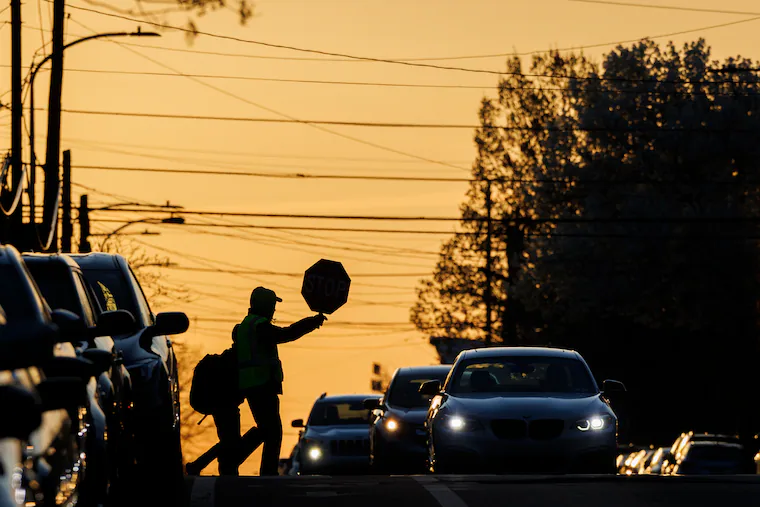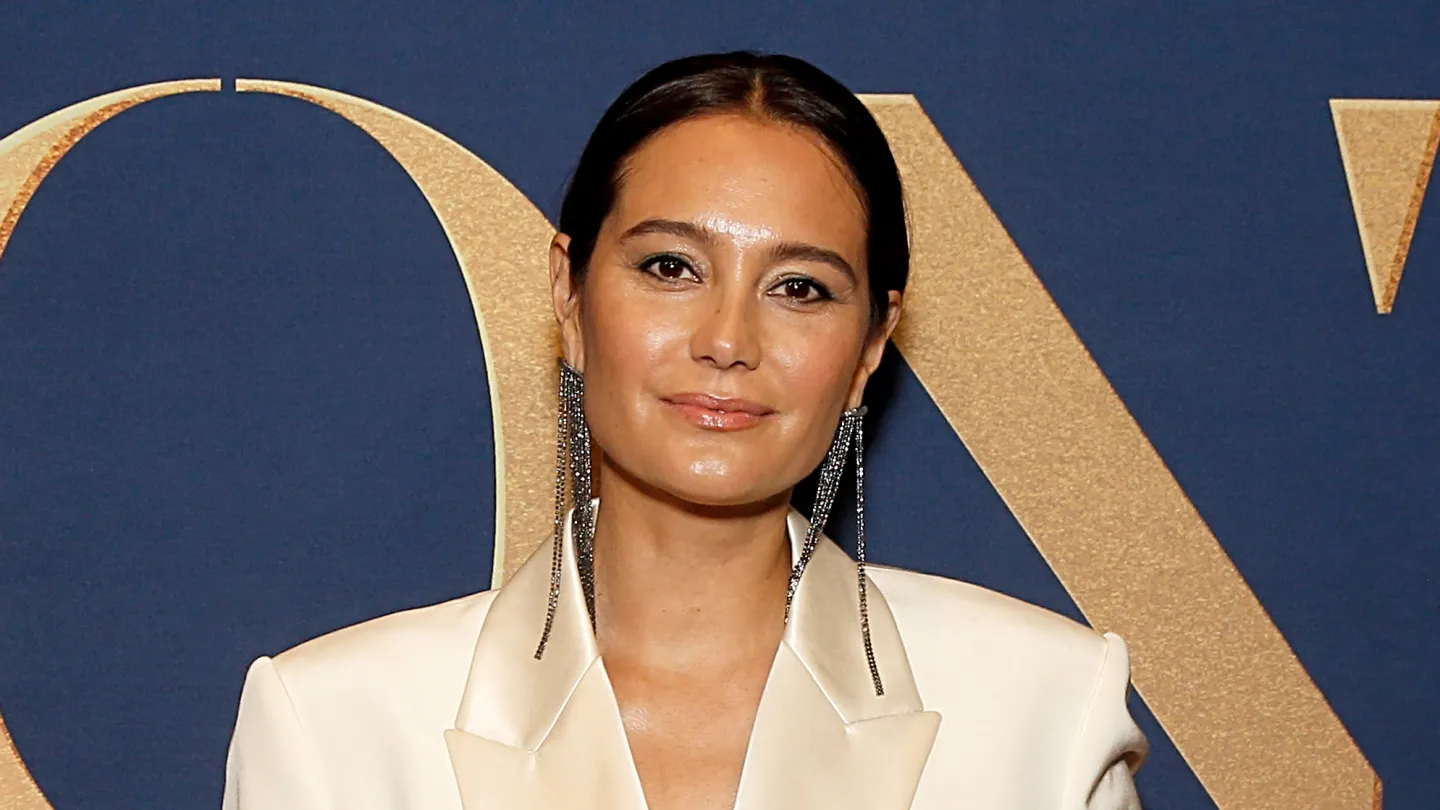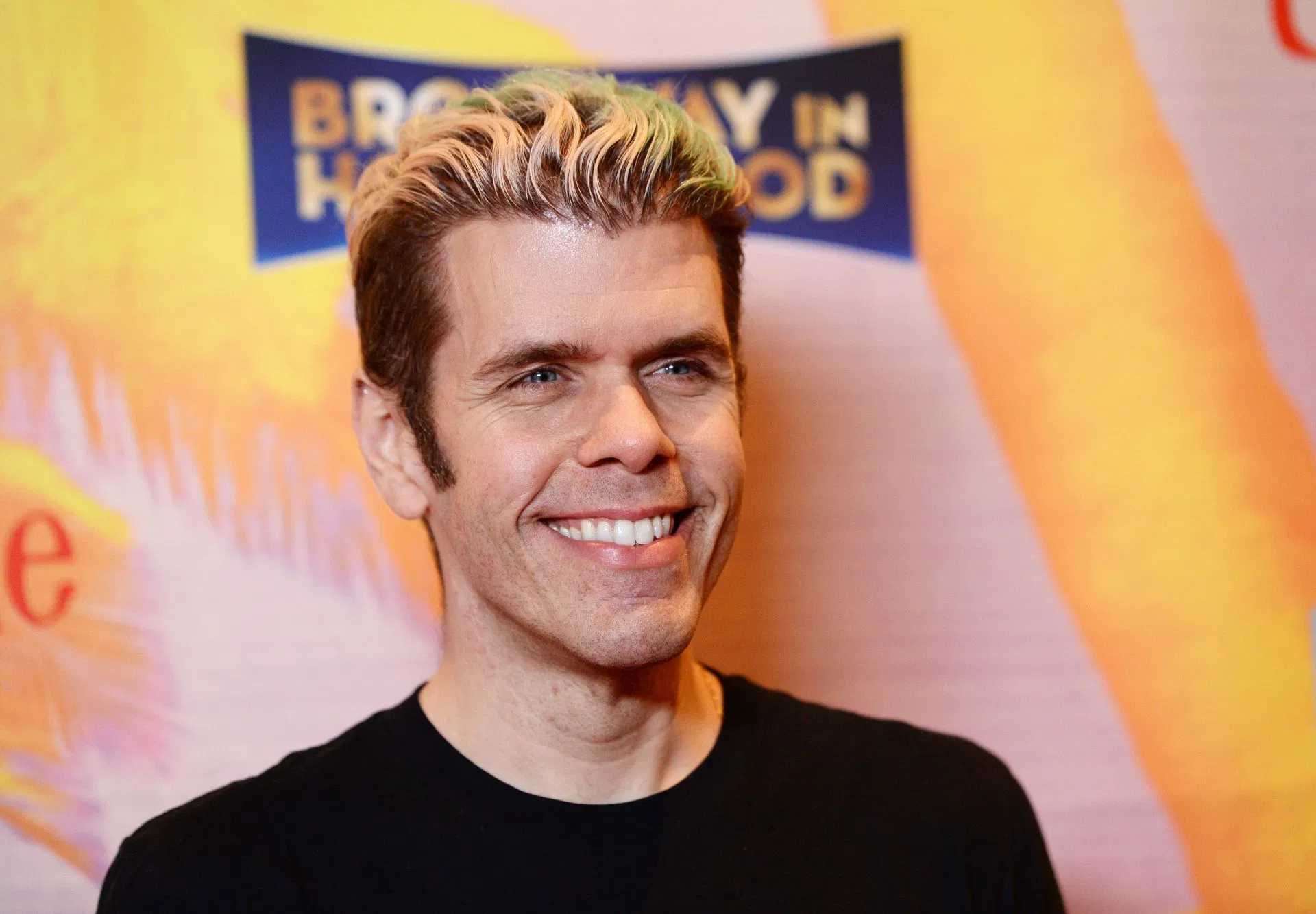
Twice a year, Americans grumble about the inconvenience and sleep disruption of seasonal time changes, but there’s more to our grudge against springing forward and falling back. New evidence shows we’d all be a little less prone to obesity and strokes if we ditched the switch, according to a recent study in the journal Proceedings of the National Academy of Sciences.
The reductions from simply sticking to standard time would be modest: a little less than 1% on average for obesity and less than one-tenth of a percent for strokes.
“If you look at the actual increased risk” of one person gaining or losing an hour of sleep, the stakes are small, said Jamie M. Zeitzer, one of the study’s authors and a professor of psychiatry and behavioral sciences at Stanford Medicine. “This is 350 million Americans doing it, all on the same day.” Only Hawaii and Arizona don’t make the change.
In their study, Zeitzer and his Stanford co-author Lara Weed used sophisticated modeling and county-level health data from the Centers for Disease Control and Prevention. The county-level data was important because the amounts of sunlight people get differ even in the same time zone; the farther east you are in a time zone, the earlier the sun rises. Winter nights are longer in the North than in the South. The researchers also accounted for regional differences in obesity, socioeconomic status and other factors.
The Stanford study adds to a body of evidence that has suggested the twice-yearly clock switch is linked to a rise in heart attacks and car accidents and a decrease in sleep and work engagement.
But the paper also goes further, suggesting that the nation would be best served by permanent standard time rather than permanent daylight saving time. (This year’s change from daylight to standard time occurs on Nov. 2 at 2 a.m.)
The United States tried moving to permanent daylight saving time in 1974, but early-morning traffic deaths and the idea of schoolchildren waiting for their buses in the dark convinced Congress to end the experiment after just 10 months.
“The elimination of switching clocks twice is a great move, but if we’re going to really be making changes to optimize health and well-being, then a switch to permanent standard time is really what best aligns our internal clock with the world around us,” explained Anita Shelgikar, president of the American Academy of Sleep Medicine and a clinical professor of neurology at the University of Michigan. The academy has advocated for a switch to permanent standard time.
The internal clock ― our 24-hour circadian rhythm ― coordinates human behavior and physiology according to the timing and intensity of light reaching the eye. While our bodies have separate peripheral clocks for our cardiovascular, immune, reproductive, and other systems, the circadian system serves as the central clock, keeping all the systems together and in line with the sun.
“The best analogy is really that the central circadian clock acts kind of like the conductor of an orchestra,” Zeitzer said. “If you don’t have a conductor, it’s not like the flutes can’t play or the violins can’t play. It’s just that they’re not quite synchronized.”
Lynn Marie Trotti, a sleep neurologist at Emory Healthcare, said that in the new study, researchers “used some nice rigorous scientific modeling to get an answer to a very important question.”
While the one-hour time shift may not have major consequences for many Americans, it assumes greater importance to others, such as shift workers who must be awake at times that are out of alignment with the body’s circadian rhythm, Trotti said.
James A. Rowley, a professor of medicine at Rush University Medical Center in Chicago, said the new study “emphasizes how important sleep is for our metabolic health,” the body’s control of important substances such as blood sugar, cholesterol and lipids.
A number of health organizations, including the nonprofit National Sleep Foundation, support a move to permanent standard time, but whether to change “is a political question,” said Vishesh Kapur, a professor of medicine at the University of Washington. Congress sets the dates for daylight saving time, but individual states can choose whether to participate.
Support for a move to permanent standard time is by no means universal. Various groups favor permanent daylight saving time. Golfers generally crave more evening sunlight in the prime spring, summer, and fall months. In the Northeast and Midwest, some like having extra sunlight for evening concerts. And Big Candy dreams of having a little more daylight for trick-or-treating.
In April, President Donald Trump weighed in, urging Congress to make daylight saving time permanent.



